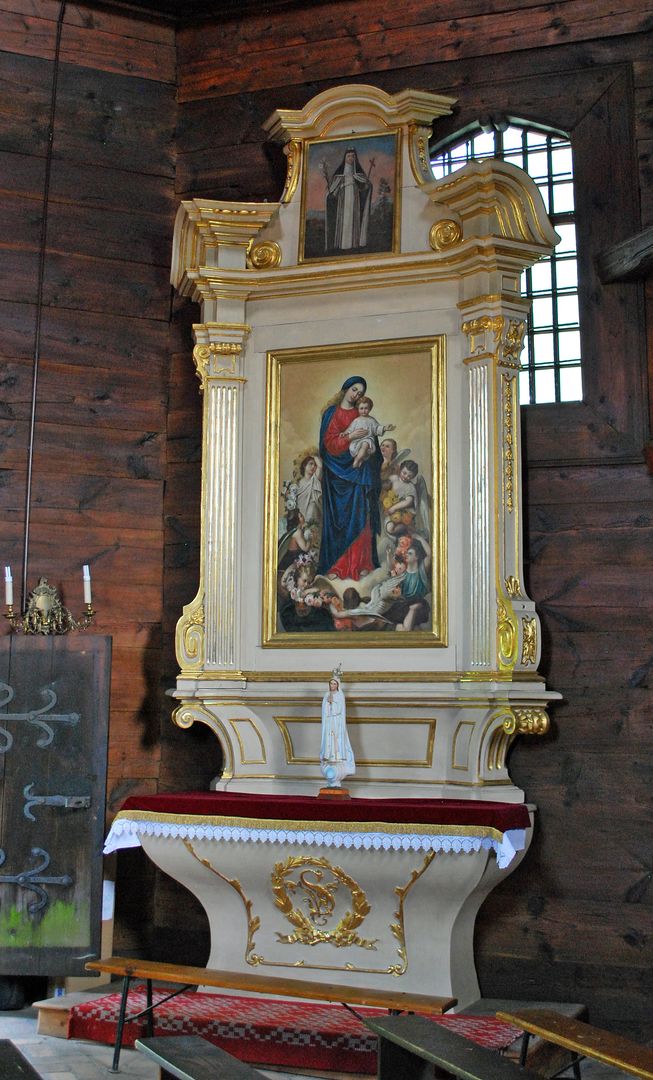St. Margaret and St. Judith Chapel
6.88

Overview
The Chapel of St. Margaret and St. Judith is a Baroque wooden temple located in Kraków's Salwator district, at 8 St. Bronisława Street. Erected between 1689 and 1690 on the initiative of Abbess Justyna Oraczowska, it is an example of wooden log architecture with an octagonal plan. Its external walls are clad with vertical boards, and the roof is covered with wood shingles. The main entrance portal features a lintel in the shape of an "ogee arch" and historic 17th-century metal fittings on the doors. The interior of the chapel has undergone numerous changes; today, altars from neighboring churches can be seen there, including one from the Church of the Holy Savior. The chapel has a rich history, as it was built on the site of a previous one destroyed by fires in 1587 and 1656. In the 19th century, it began to be associated with ancient pagan cult sites, which led to it being nicknamed "Gontyna" (a term for a pagan Slavic temple). It was once decorated with three altars, including the altar of St. Margaret and portraits of the ancestors of Blessed Bronisława. The chapel has been renovated multiple times, and its status as a 17th-century structure was confirmed during research conducted by the Workshop for the Conservation of Wooden Structures in Warsaw. Currently, the chapel is open for visits during the summer season, offering free guided tours. Additionally, in 2008, a monument to John Paul II was consecrated in front of the chapel, commemorating his youthful hikes with students to the Mnikowska Valley. Nearby landmarks, such as the Norbertine Sisters' Monastery and the Church of the Holy Savior, are among the oldest monuments in Kraków, highlighting the cultural and historical significance of the area.
Location
Tickets
Powered by GetYourGuide
2025 Wizytor | All Rights Reserved